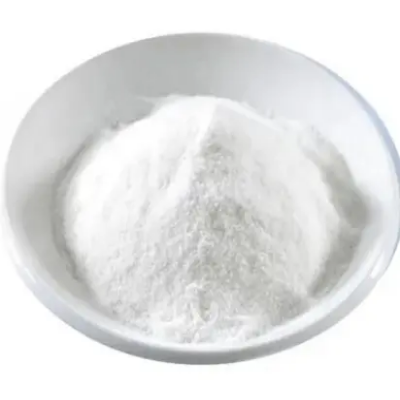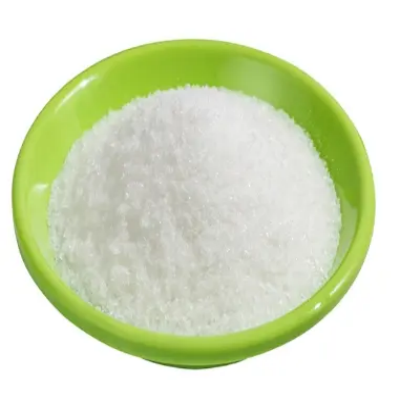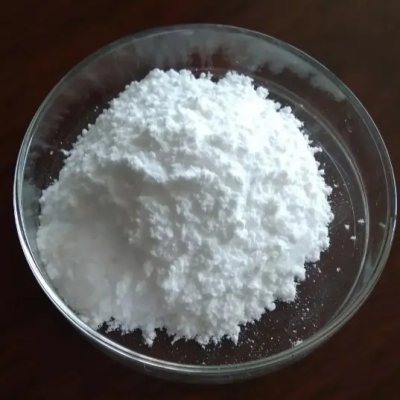2,3,5-Triphenyltetrazolium chloride CAS:298-96-4
2,3,5-Triphenyltetrazolium chloride, often referred to as TTC, is commonly used as a redox indicator in biological and chemical applications. One of its primary applications is in assessing cell viability and metabolic activity. When TTC is added to living cells or tissues, it can be reduced by dehydrogenase enzymes in the mitochondria, resulting in the formation of a red-colored formazan product.
This reaction is often used to evaluate cellular respiration and metabolic activity in microbiology, cell biology, and plant physiology studies. The intensity of the red color formed is proportional to the activity of the dehydrogenase enzymes and can be quantitatively measured to assess the viability and metabolic function of the cells or tissues.
TTC is also used as an indicator for the presence of living microbial cells and in testing the susceptibility of microorganisms to antimicrobial agents. Additionally, it has applications in the assessment of soil microbial activity and in various research fields where the measurement of cellular metabolic activity is important.
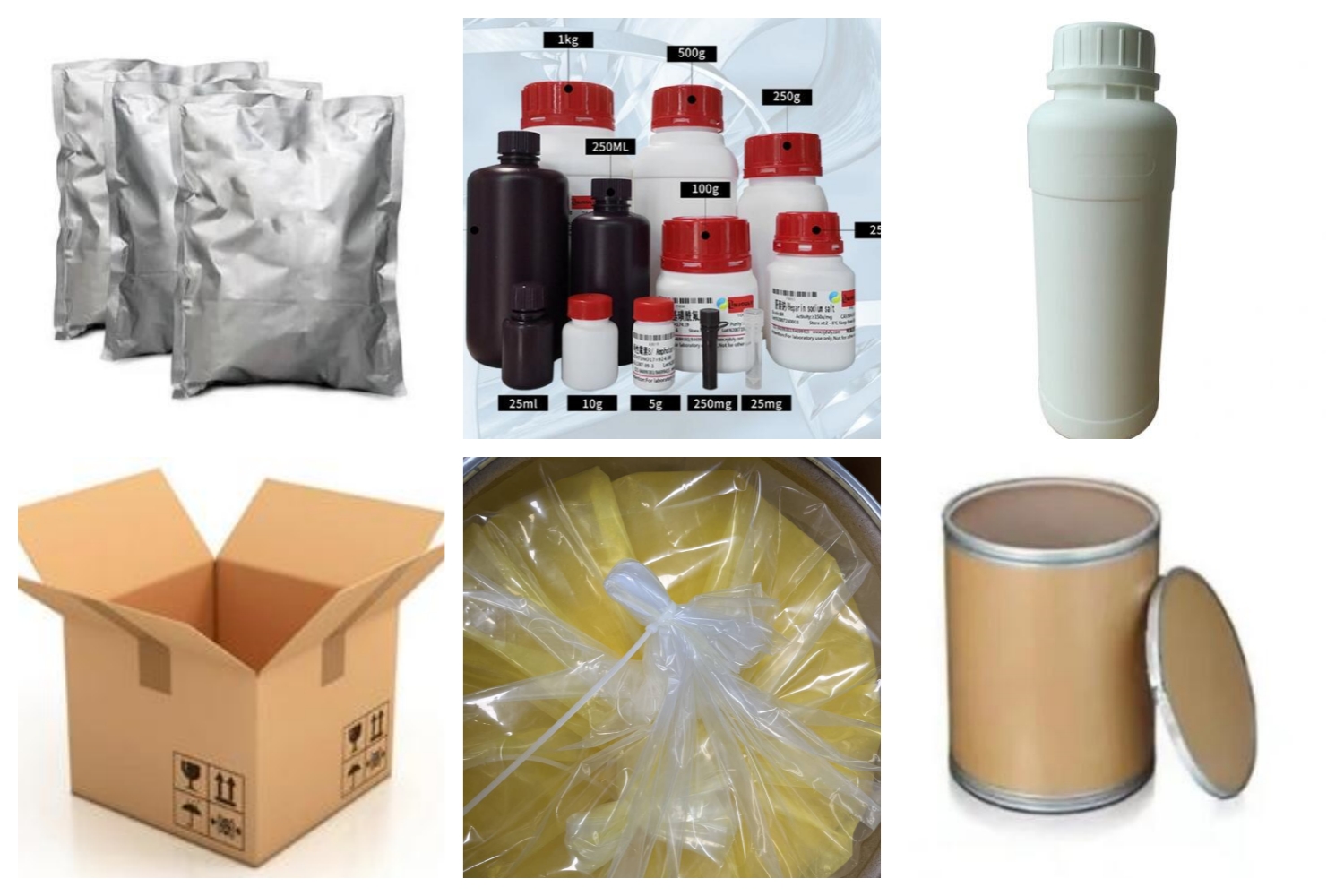
| Composition | C19H15ClN4 |
| Assay | 99% |
| Appearance | Pale yellow powder |
| CAS No. | 298-96-4 |
| Packing | Small and bulk |
| Shelf Life | 2 years |
| Storage | Store in cool and dry area |
| Certification | ISO. |


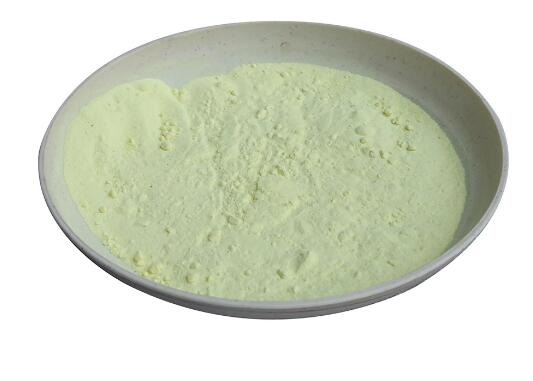

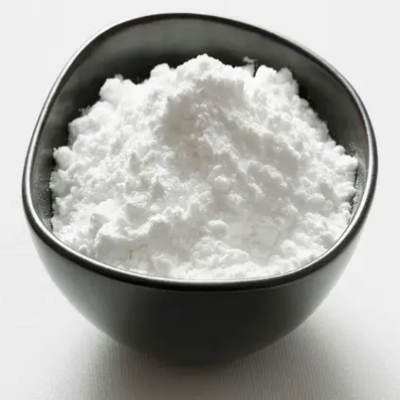

![4-[6-(6-BROMO-8-CYCLOPENTYL-5-METHYL-7-OXO-7,8-DIHYDRO-PYRIDO[2,3-D]PYRIMIDIN-2-YLAMINO)-PYRIDIN-3-YL]-PIPERAZINE-1-CARBOXYLIC ACID TERT-BUTYL ESTER CAS:571188-82-4](https://cdn.globalso.com/xindaobiotech/4O1R623NVFB@9FV3NF9B9.png)
